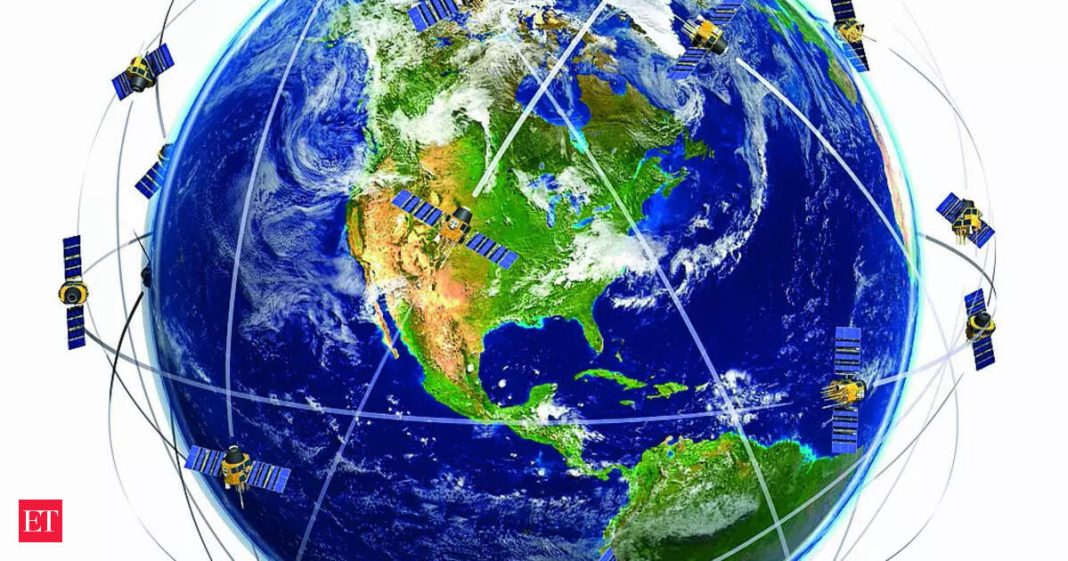ISRO is set to launch its heaviest-ever communication satellite, CMS-03, on November 2 using the powerful LVM3 rocket. This landmark mission will deploy the 4,400-kg satellite into Geosynchronous Transfer Orbit, enhancing communication services across India and surrounding regions.
Key Details About CMS-03 Mission
- Launch Date: November 2
- Rocket: LVM3 (GSLV Mark III)
- Satellite Weight: 4,400 kg
- Orbit: Geosynchronous Transfer Orbit (GTO)
- Mission Designation: LVM3-M5
The fully integrated LVM3 vehicle with CMS-03 was moved to the launch pad on October 26 for final pre-launch checks. This marks ISRO’s fifth operational communication satellite in the series and represents the largest communication payload ever launched by the space agency.
The multi-band CMS-03 satellite is designed to provide enhanced communication services across the Indian subcontinent and adjoining oceanic regions, strengthening India’s telecommunications infrastructure.
LVM3: India’s Most Powerful Rocket
The LVM3 rocket, previously known for carrying the historic Chandrayaan-3 mission that successfully landed near the lunar south pole, continues to demonstrate its reliability as ISRO’s flagship launch vehicle.
Future ISRO Missions
Beyond the CMS-03 launch, ISRO has ambitious plans for interplanetary exploration and human spaceflight. Chairman V. Narayanan recently confirmed development of Chandrayaan-4 and Chandrayaan-5 missions, with plans to establish a space station module by 2035.
Chandrayaan-4 is expected to be a Venus Orbiter Mission, marking India’s first interplanetary exploration since the successful Mars Orbiter Mission.
Gaganyaan Human Spaceflight Program
Preparations for India’s first human spaceflight mission, Gaganyaan, are progressing steadily. Following Group Captain Shubhanshu Shukla’s participation in NASA’s Axiom-4 mission, ISRO is finalizing plans to send a three-member crew into a 400-kilometer orbit for a three-day mission, culminating in a splashdown in Indian waters.
With the CMS-03 launch imminent and multiple ambitious projects underway, continues to strengthen its position as a leading global space agency.




